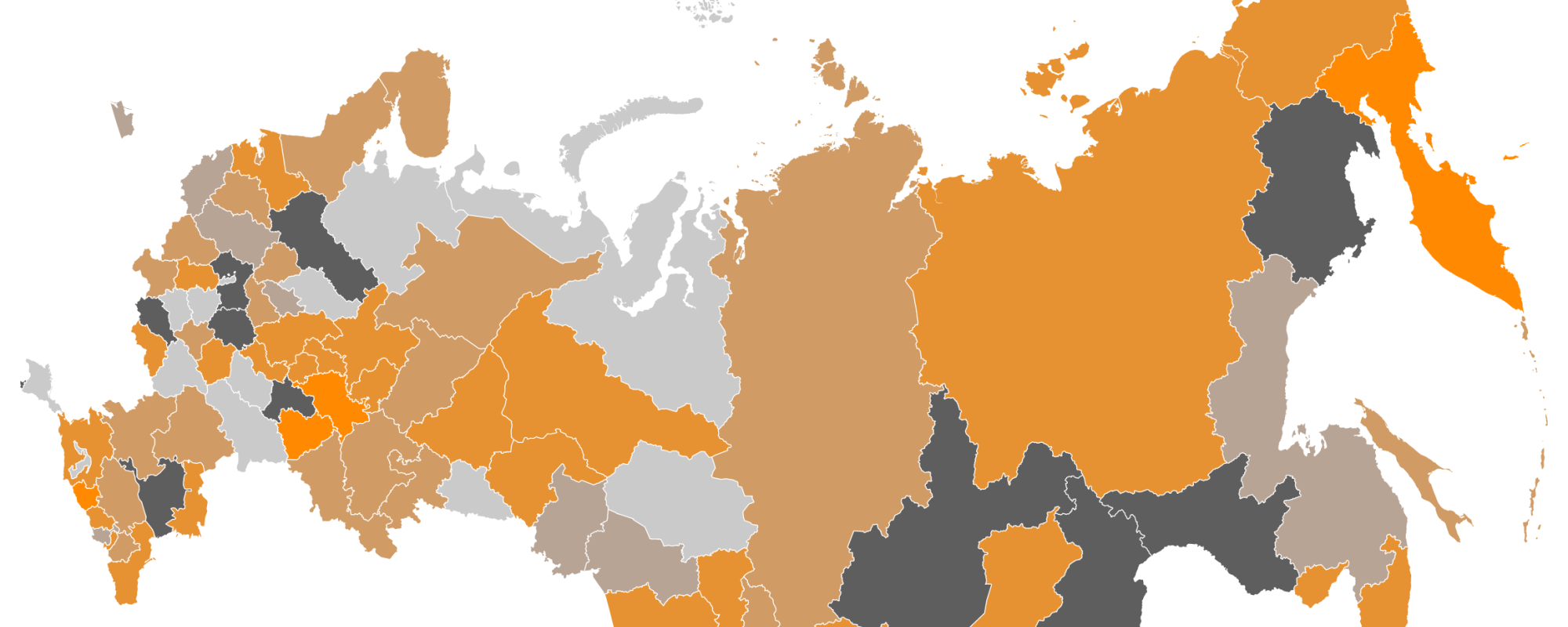Доклад на русском языке: Запреты на акции у школ, больниц, храмов и военных объектов
On June 4, 2020, the Constitutional Court ruled that any regional restrictions on public assemblies, demonstrations or marches near military facilities, religious sites, educational facilities or hospitals are unreasonable; it also criticized some restrictions for being vague.
All subjects of the Russian Federation must amend their laws in accordance with the new ruling over the course of six months, that is, by December 5, 2020. The heads of the regions must prepare and submit corresponding bills over the course of two months, by August 5, 2020. In the meantime, citizens may appeal to the courts with a reference to the position officially taken by the Constitutional Court if the authorities do not allow a public assembly near a hospital, a school, a church or a military facility. We have officially asked the Presidential Council for Civil Society and Human Rights to take control of this situation.
The Court’s ruling will lead to a new development in the legislation on public assemblies. Restrictions that are considered vague are in effect in 76 regions (as of early June 2020). Restrictions on public actions near areas mentioned in the Constitutional Court’s ruling are in effect in 60 regions (as of July 5, 2020). In 11 more regions the law restricts public actions inside those areas, but not around them. In 14 regions hospitals, schools, religious sites and military facilities are not mentioned in any legislation on public assemblies.
Most frequent restrictions ban public actions near hospitals (in effect in 54 regions) and educational facilities (54 regions). Areas near religious sites are out of bounds in 31 region, and areas near military facilities in 8 regions.
In four regions the law includes all four restrictions that were ruled as unconstitutional in June. The law includes three of them in 27 subjects, and two in 21 subjects.
Quite often the regional legislation does not specify the size of the restricted area around the listed objects, merely banning public assemblies on "any territory that is immediately adjacent" to them. Such a vague regulation exists in the regional law of 29 subjects (this only considers the four types of restrictions under discussion). The laws of the Karachay-Cherkess Republic are even more restrictive: they prohibit public assemblies anywhere closer than 50 meters to the borders of the "territories that are immediately adjacent" to military facilities. Since 2018 Russian courts may not take administrative action against the organizers of a public assembly which took place in a banned area, if the borders of this area are not exactly specified by law.
In those regions where the exact area is specified, it varies significantly, from 10 meters (in Belgorod Oblast and Stavropol Krai) to 500 meters (for military facilities that are outside the city of Ivanovo in Ivanovo Oblast). In Kamchatka Krai it includes areas anywhere closer than 250 meters around the listed objects; in Mari El Republic it is 200 meters; in Astrakhan and Samara Oblasts it is 150 meters.
The most common numbers are between 50 meters (in 15 subjects) and 100 meters (in 9 regions). There are more intricate formulations as well. For instance, in St. Petersburg public assemblies are restricted the area closer than 25 meters to the fence surrounding one of the listed objects, and in case there is no fence, it is 50 meters to the object itself. In Tomsk Oblast public actions are restricted anywhere closer than 100 meters to hospitals, but if those hospitals are surrounded by a fence, then it is 100 meters from this fence.
In the laws of Karelia and Chechnya the areas are vaguely specified. In Karelia public assemblies, marches and demonstrations on "objects that belong to transport infrastructure or are used for public transportation" are restricted. "Objects that belong to transport infrastructure" are defined in another part of the law. In particular, they include "sidewalks and curbs that are adjacent to other buildings that are occupied by healthcare or educational organizations". As a result, any public action near a hospital or a school can be restricted based on the fact that this hospital or school is surrounded by a sidewalk.
In Chechnya the text of the law causes problems on its own. It first lists restrictions tied to particular objects and later on specifies the distance to those objects at which the restrictions are in effect (cross-referencing different "paragraphs"). As a result, it is unclear whether public actions are banned only on the territory of educational or healthcare facilities, or anywhere closer than 100 meters to them. The text allows for multiple interpretations.
On November 1, 2019 the Constitutional Court has already made a public statement concerning regional restrictions on public assemblies. Then it recognized as unconstitutional any unconditional restrictions on public actions near buildings occupied by public administration. Apart from that the Court criticizes any restrictions that mention specific addresses and any vague restrictions in general. These concerns were only partially addressed by regional legislators. Over the course of six months (the period established by the Court) 37 out of 47 offending regions have amended their laws. Restrictions considered vague were excluded completely from the laws of three federal subjects, in 76 of them such restrictions are still in effect. We have already published a detailed study on the implementation of this November ruling.



